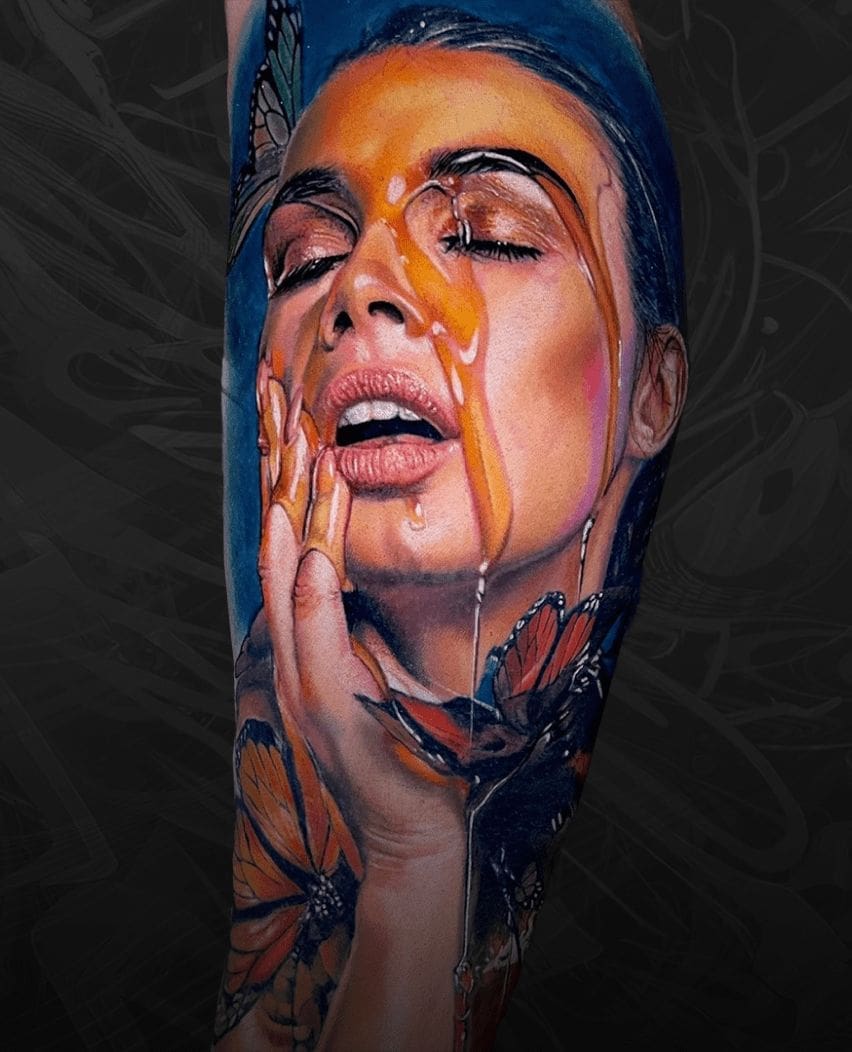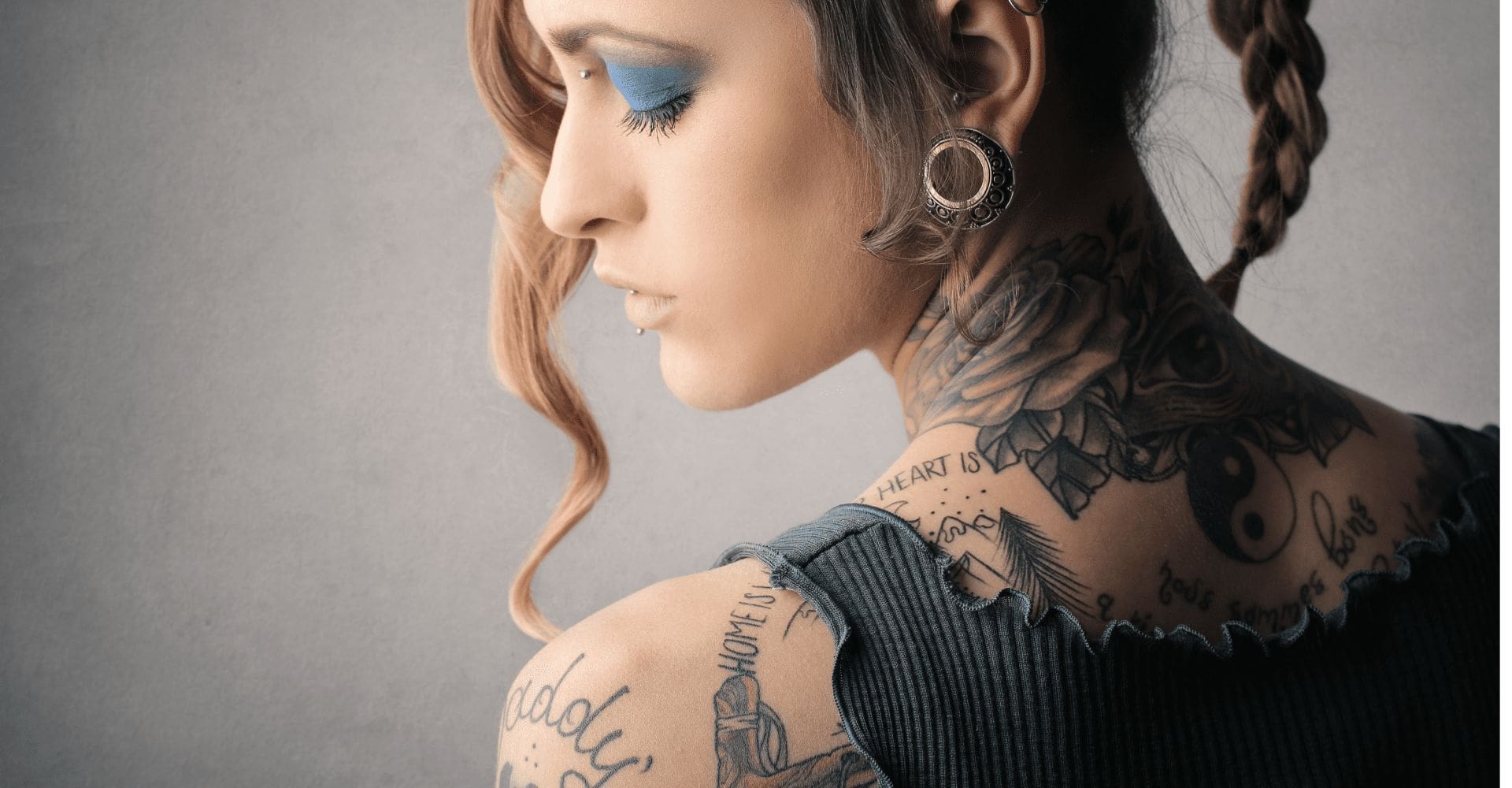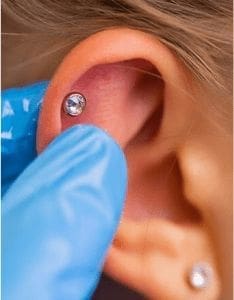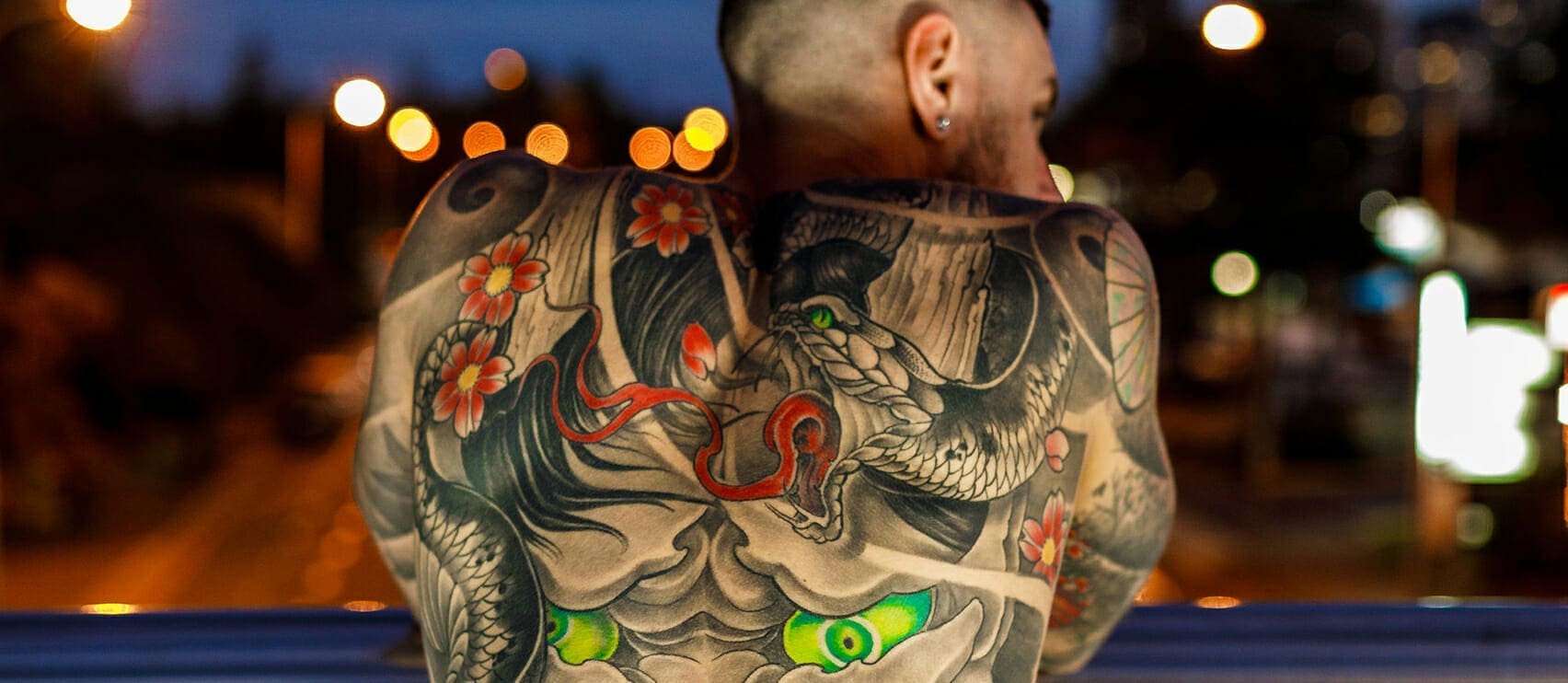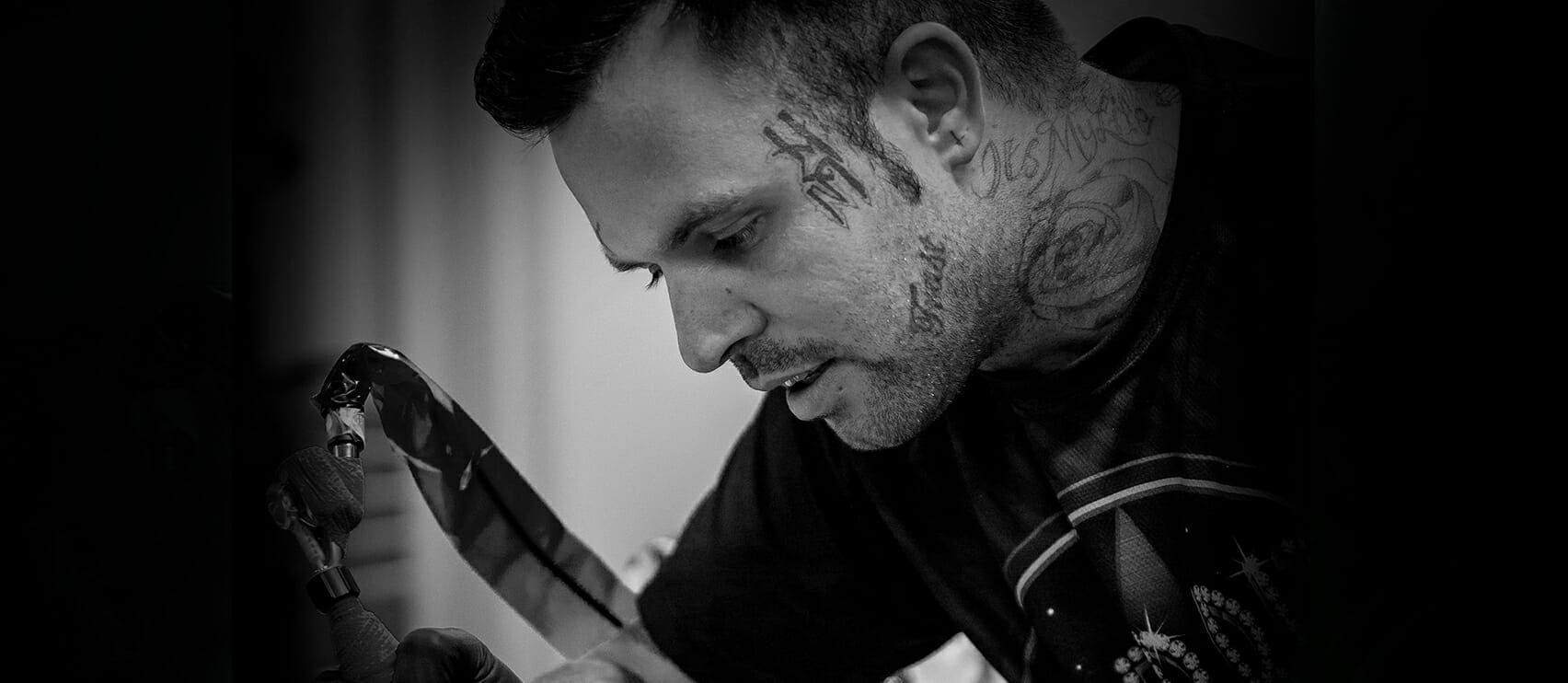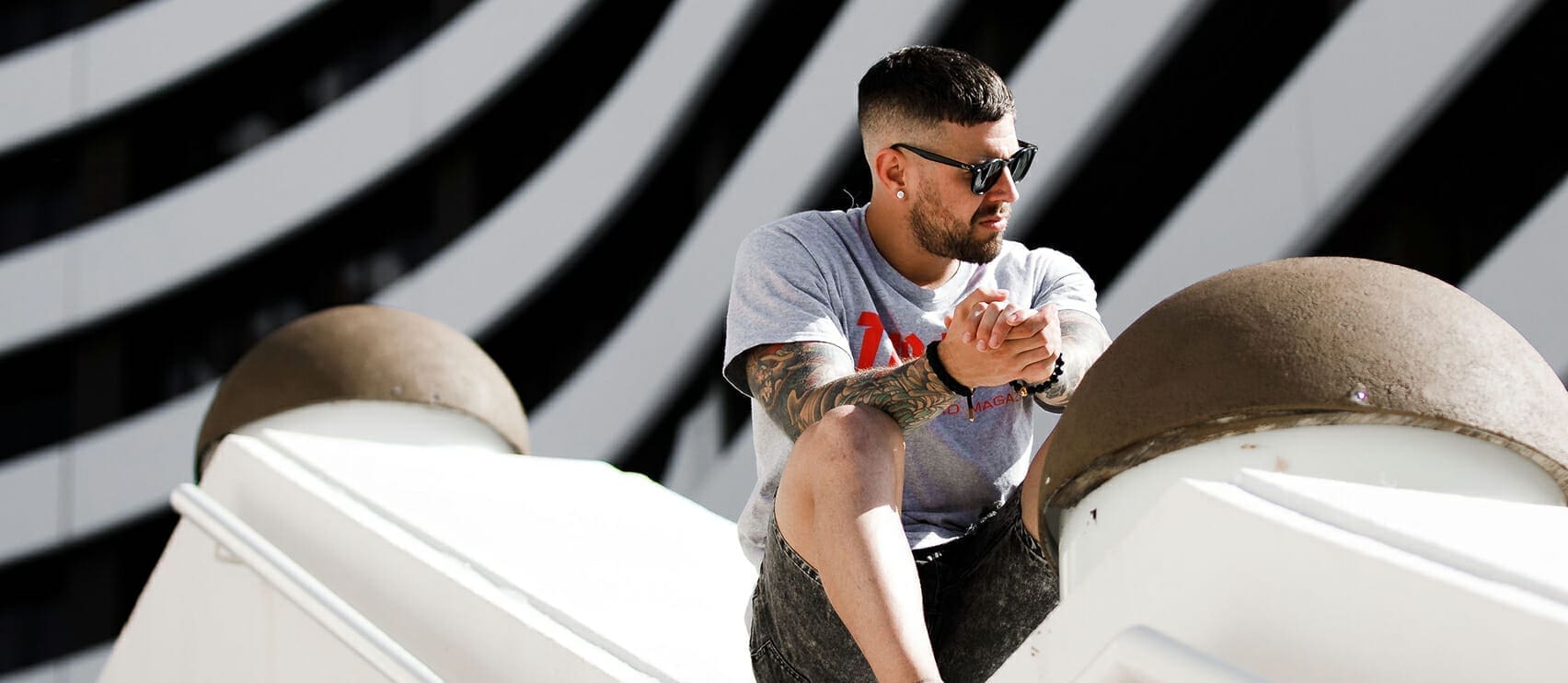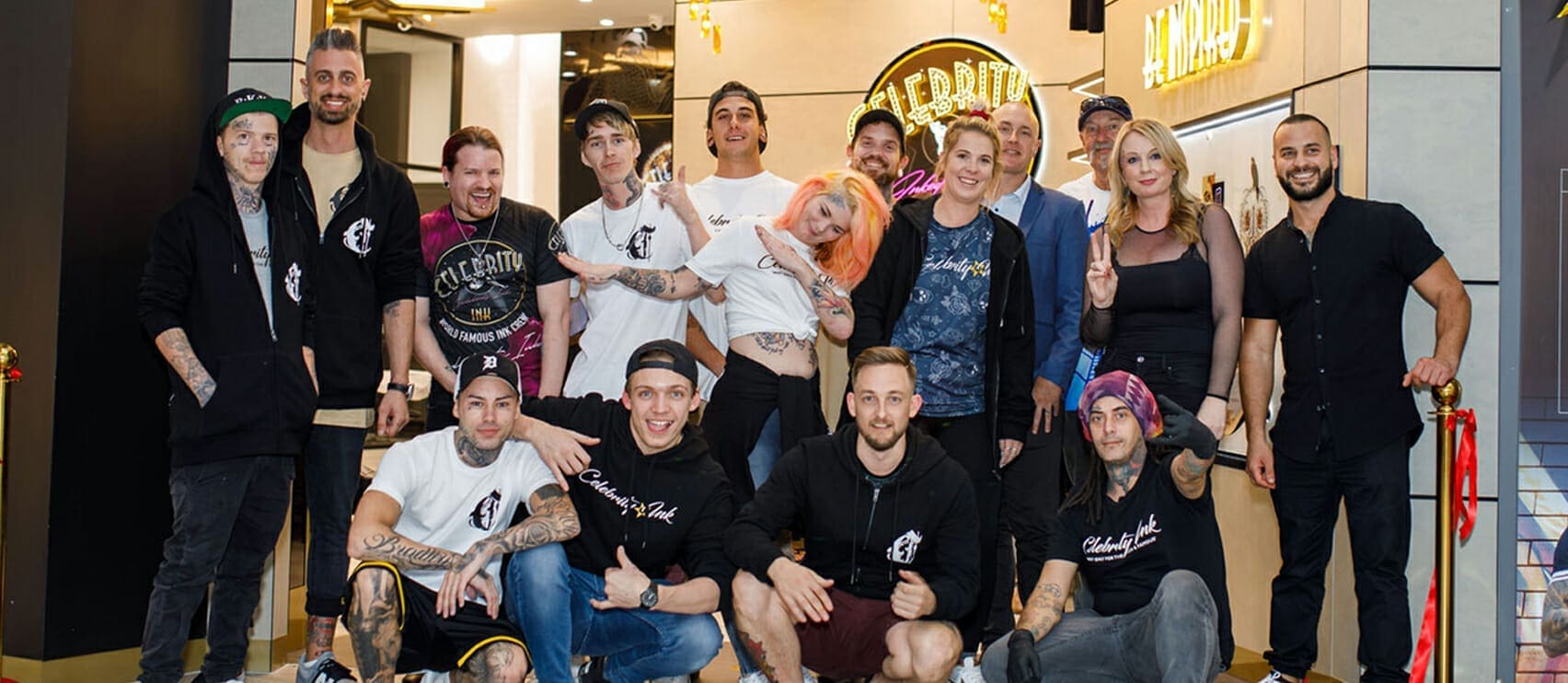Once typically associated with certain countercultural groups, tattoos have become increasingly more popular and more mainstream. One in four Australians (25%) now has a tattoo, and this figure has been steadily rising from 19% in 2016. However, tattoos are not a recent phenomenon. They’ve existed in some form in every culture for thousands of years.
Charles Darwin wrote that there was no country in the world that didn’t practice some form of permanent body decoration. Far from having a single origin, tattoos arose in different cultures through practices like rituals, medical treatments or chance discoveries. Separate cultures shared their own methods and styles of tattooing with each other in much the same way that cultural exchange has always occurred in other forms. The history of tattoos is mysterious, fascinating and filled with characters like a European mummy and a world-renowned inventor.
Tattoos can be symbols of your identity or reminders of your life’s milestones and accomplishments. They can demonstrate allegiance to a subculture or ideology and share a statement with the world. Perhaps surprisingly, getting a tattoo can even have health benefits. Like a vaccine, a tattoo stimulates a response from the immune system, making it stronger. People with tattoos seem to have higher levels of immune system molecules and antibodies.
So when was the first tattoo done, and when was the tattoo machine invented? Here’s Celebrity Ink’s overview of the history of tattoos.
First Evidence of Tattoos
The very first evidence of tattoos dates back to Japan in 5000 BC. Clay figurines from that time period have been uncovered with markings on their faces and bodies. But when was the first tattoo done as we know it?
The very first real-life example of permanent body art was found on Ötzi the Iceman, a prehistoric mummy who died on the border of Austria and Italy around 3230 BC. Aged around 45 years old when he passed, Ötzi was discovered in 1991 with more than 60 geometric design tattoos across his body. The ice man’s tattoos were simply groups of horizontal and vertical lines and are believed to be diagnostic in nature, marking places on his lower back and joints where he was suffering from degeneration.
So while we have some idea of when the first tattoo was done, so many of the details involved in the history of tattoos are still shrouded in mystery. What we do know is that tattoos have evolved in every corner of the world in different ways to serve a variety of purposes.
Tattoo Evolution Throughout the Cultures
Throughout the history of tattoos, different cultures have adapted them for different reasons and shared their tattooing styles with one another. Followers of religions like Hinduism and Buddhism have traditionally been fond of tattoos, and the ‘Om’ symbol remains a popular design to this day. Here’s how the art form developed in different parts of the world throughout the long history of tattoos:
Ancient Egypt
Female mummies from Ancient Egypt have been found with tattoos dating back to 2000 BC. The locations of these tattoos indicate that this was a kind of amulet during pregnancy. It’s possible that older women created the tattoos for the younger ones using an instrument with a sharp point and wooden handle dated to c. 3000 B.C.
Japan
Around 300 AD, young men in Japan would tattoo their faces and bodies as a regular part of life in their society. During the Kofun period of 300 and 600 A.D., tattoos took on more negative connotations as citizens who had committed serious crimes were marked with them. During the Edo period, the Chinese novel ‘Water Margin’, which featured characters with tattoos in prominent roles, helped improve the public image of tattoos in the country.
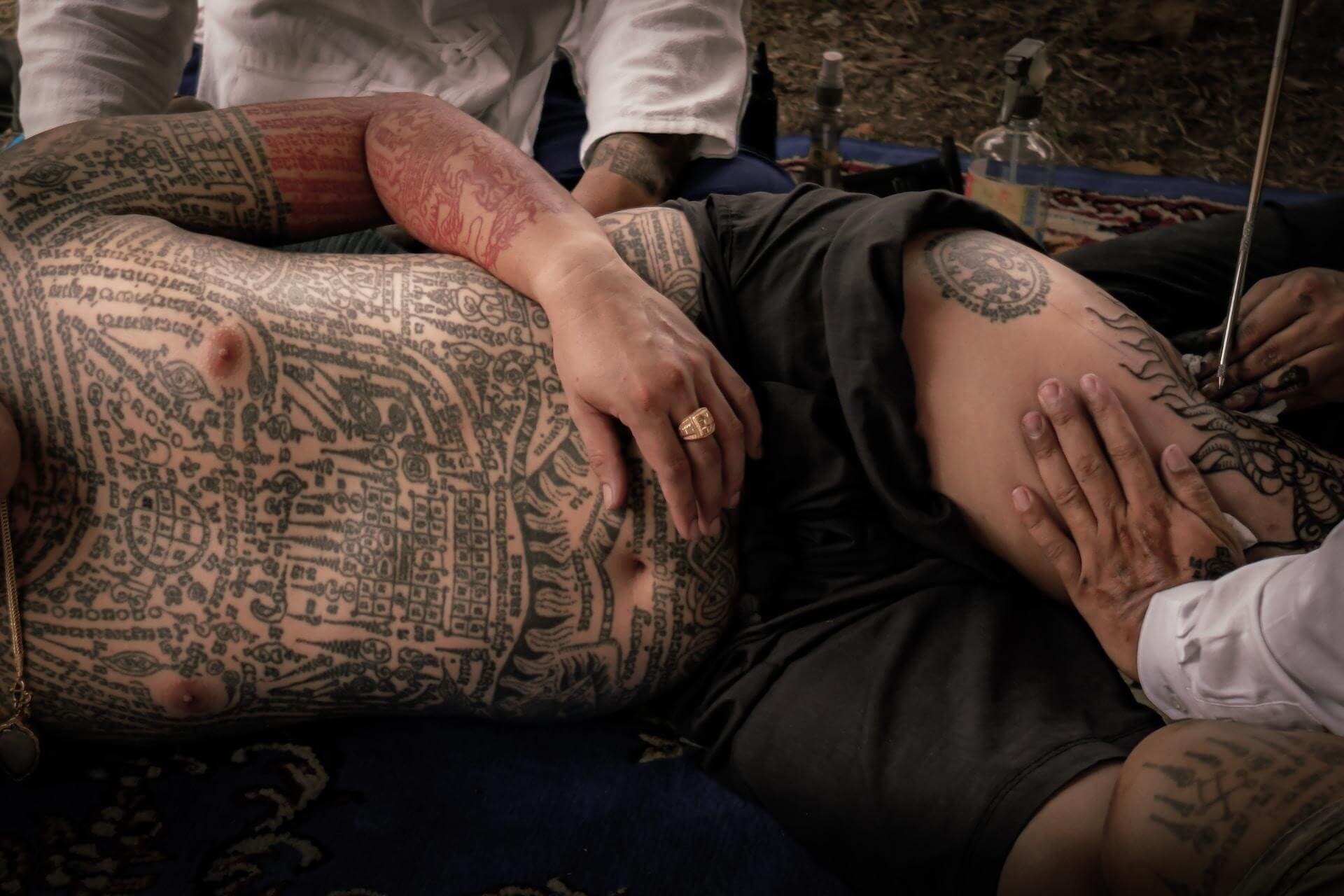

Aotearoa
Tā moko is the traditional tattoo style of New Zealand’s Māori people, representing a person’s ancestry (whakapapa) and history. In the past, it also represented other factors like skills and social ranking. Men usually receive mata ora on their faces to represent nobility, while women receive moko kauae on their lips and chin to represent leadership.
Ancient Greece and Rome
In ancient Greek and Roman times, from the eighth to the sixth century BCE, tattoos were used to identify criminals and slaves if they tried to escape. The Greeks taught this practice to the Romans.
India
Different demographics in India have used tattooing in different ways. The Singhpo tribe of Arunachal and Assam have traditionally used tattoos to signify marital status, while the Konyaks of Nagaland are tattooed to signify their progress in battle.
So when was the first tattoo machine invented, and how did it change the course of the history of tattoos?
The Invention of the Tattoo Gun
New York tattoo artist Samuel O’Reilly patented the electric tattooing machine in 1891. However, he adapted the idea from the Autographic Printing Pen, invented by Thomas Edison. O’Reilly’s invention changed the course of the history of tattoos and made it possible for a tattoo artist to puncture the skin 50 times per second when previously, even the fastest tattoo artist could only manage two or three times.
American tattoo artists travelled along the Eastern seaboard selling their business to sailors at various ports, so when the first tattoo machine was invented, it needed to be portable and easy to carry. From the 1920s-1930s, a simple tattoo kit consisted of essentials like electric fittings, ink, various needle sizes and a bottle of hydrogen peroxide.
The Modern Mindset of Tattooing
Tattoos have come into fashion and gone out of it throughout history, but a number of cultural events and shifts have gradually made them more popular in recent decades. In the 1950s, tattoos were the domain of “bad boys”, as shown by the infamous Marlboro man at the time. Rock stars in the 70s and 80s made tattoos seem cooler, and in the 2000s, TV shows like ‘Miami Ink’ brought them further into the mainstream. These days people from all walks of life have tattoos, and some of the reasons include:
Culture
Throughout the history of tattoos to this day, different demographics have gotten them for cultural reasons.
Identity
Some members of certain social groups, like straight-edge punks or vegans, will get tattooed to show their commitment to their cause.
Aesthetics
Many people are just drawn to a particular design and will get a tattoo because they like the look.
To honour a loved one
If a loved one has passed away, it’s not uncommon to honour their memory with a tattoo.
For inspiration
If you’ve struggled, a tattoo with a motivational message or symbol might inspire you to keep going even when life gets tough.
To show love and commitment
Sometimes couples get complimentary tattoos to show their devotion to one another in creative ways.
Now that you’ve read up on some of the basic facts of tattoo history, like when the tattoo machine was invented and approximately when the first tattoo was done, maybe it’s time to think about what tattoo you’re going to get. Celebrity Ink will help you choose from more than 12000 years of history in order to tell your story through body art.
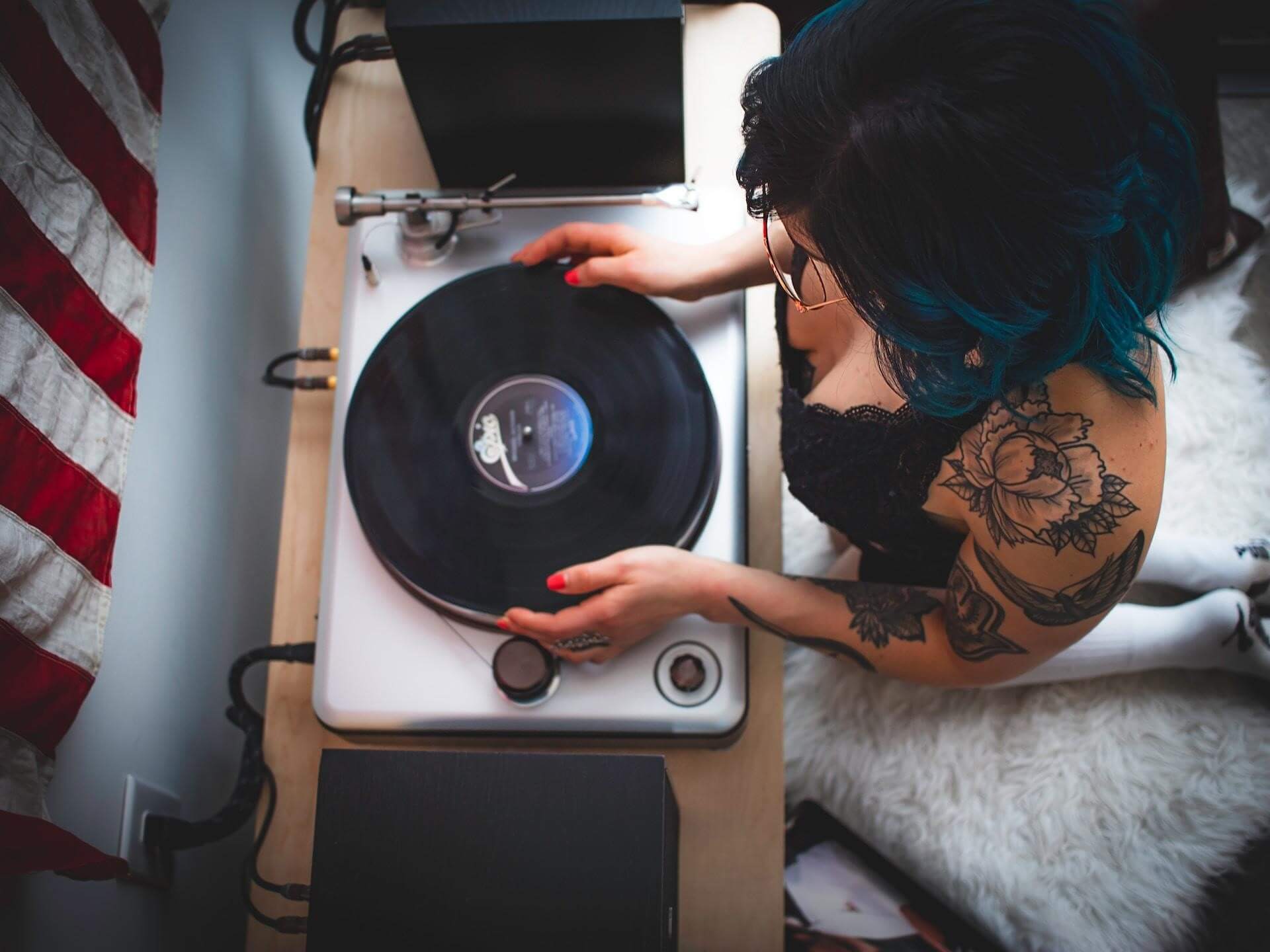

Get Your Next Tattoo at Celebrity Ink
At Celebrity Ink, our dedicated artists have the expertise and experience to create the right tattoo for you, whether you’re looking for a detailed sleeve or something smaller. They can turn their skills to traditional oriental-style tattoos, classic Americana-style tattoos (think Sailor Jerry), tribal tattoos, and plenty more.
We’d love to have a chat with you about how we can bring your creative vision to life. To book a discovery consultation and organise a time to get inked, contact the Celebrity Ink team.




